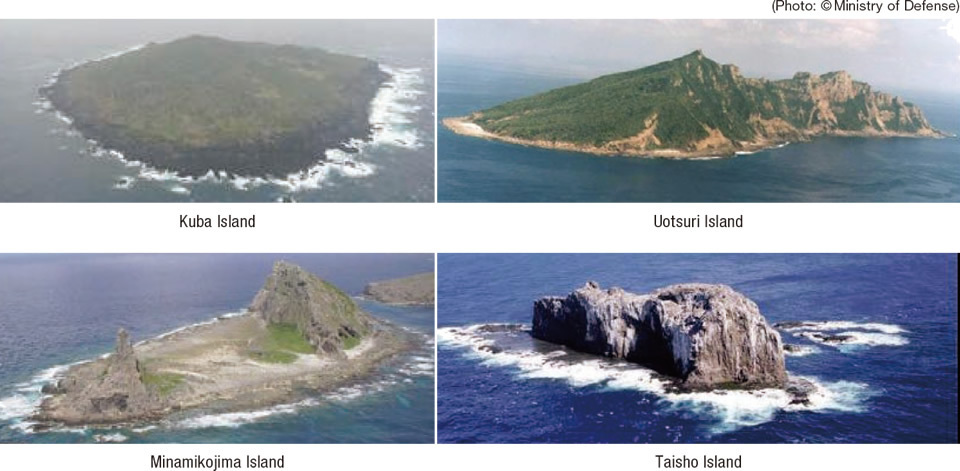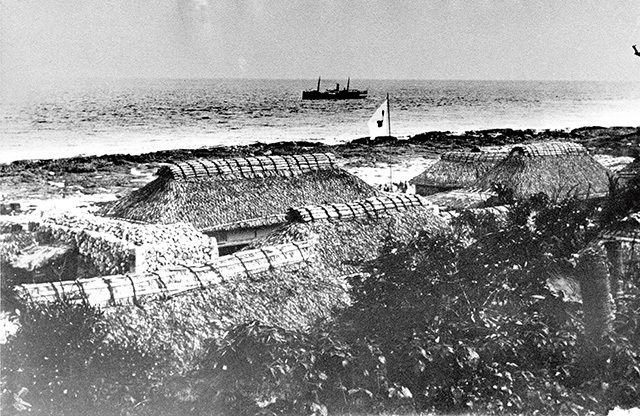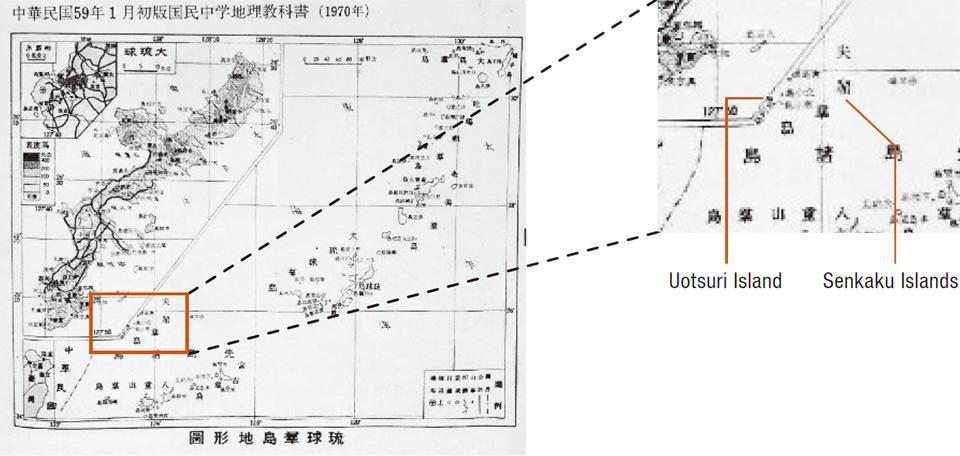Many of the recent media stories about the Senkaku Islands seem to be based on mistaken notions.Here we examine some of the most commonly held misconceptions.
Misconception 1: “Japan ‘seized’ the Senkakus from China.”
Stories about the Senkaku Islands often state casually that Japan “seized them” from China as a result of the Sino-Japanese War. Is this true? Japanese fishermen and merchants had already grown active in and around the Senkakus for some years by 1893 when some of them drifted ashore in China (then under the rule of the Qing Dynasty) and were questioned by the authorities there. Despite such an increase in activities by Japanese citizens on the Senkaku Islands, there is no record whatsoever of China having asserted sovereignty over these islands during that time, including in the aforementioned case. Against this backdrop, Japan incorporated the Senkakus into Okinawa Prefecture with a Cabinet decision in January 1895. In no sense did Japan “seize” them, much less “steal” the islands from China. In this light, it is only natural that these islands did not come up for discussion in the April 1895 peace treaty negotiations at the end of the Sino-Japanese War of 1894-95. In the first place, a report on Japan submitted to the Qing government by one of its experts in 1889, titled You li Riben tu jing (Maps, Figures and Depiction of Japan based on field research), explicitly listed the Senkakus as Japanese territory. The preface to the report was written by none other than Premier Li Hongzhang, a powerful statesman who soon after represented China in the April 1895 peace talks. It is thus simply inconceivable that the Qing government considered the Senkakus to have been “seized” from it.





































